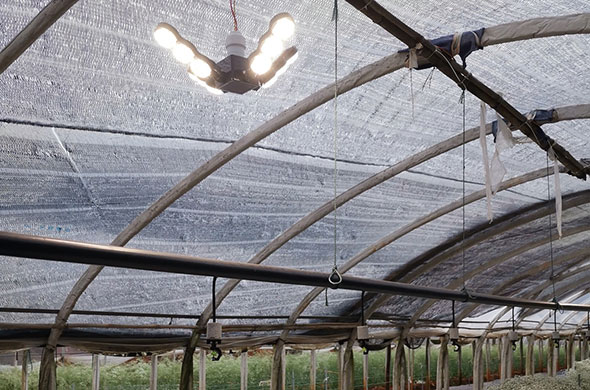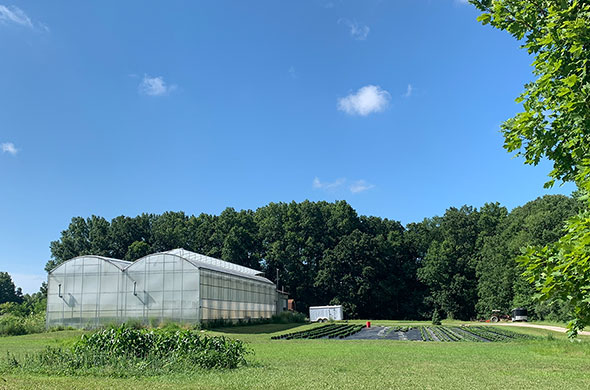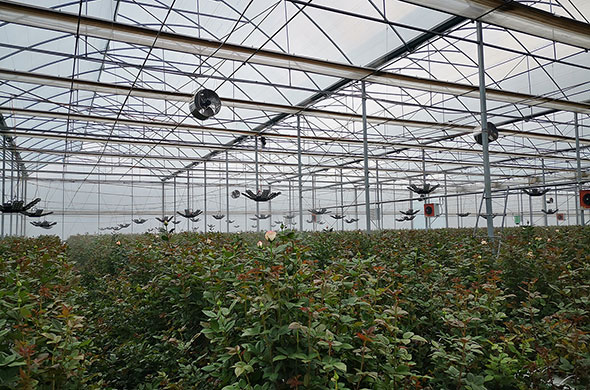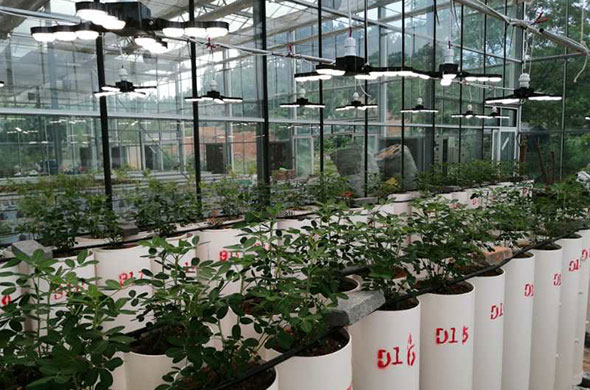Sansi LED: Sustainable LED Lighting and Integrated LED Display
Delivering premium and professional LED Display, LED Lighting, Smart City Integration solutions, trusted by over 60,000 companies worldwide everyday. From industrial lighting to commercial lighting, from outdoor advertising to XR & VR production, Sansi LED greatly improves the quality and sustainability of your business with 30 years of expert experiences.
When it comes to indoor gardening or growing plants indoors, understanding the basics of plant lighting is crucial for the health and growth of your plants. In this blog, Sansi LED will introduce you to three main key concepts: PPF, PPFD, and Light Spectrum.
Let's start with PPF, which refers to the total amount of light that a light source emits in the form of photons within the photosynthetically active range (usually 400-700 nm) per second. It is measured in micromoles per second (μmol/s) and provides you with an indication of the total amount of light energy your plants are receiving.
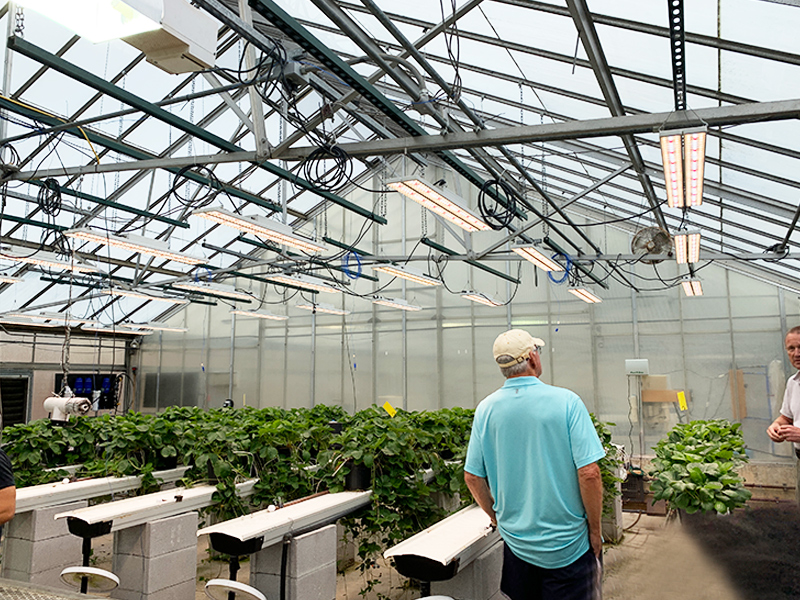
Another significant parameter PPFD measures the amount of light that actually reaches a specific surface area (your plants) per unit of time. It is expressed in micromoles per square meter per second (μmol/m²/s) and gives you an idea of the light intensity your plants are experiencing. PPFD is an essential metric to consider when choosing the right light for your plants.
Plants require different wavelengths of light for photosynthesis and growth. The light spectrum utilized by plants for photosynthesis is primarily in the blue (400-500nm) and red (600-700 nm) ranges. Blue light is crucial for vegetative growth, while red light promotes flowering and fruiting.
For rookie planters, when selecting a light source for your plants, consider the PPF, PPFD, and spectrum of the light. Make sure the light provides sufficient PPF for your plant's needs and delivers the appropriate light spectrum for its growth stage.
By understanding PPF, PPFD, and plant spectra, you can optimize your indoor garden or grow space for healthier and more productive plants. Experiment with different light sources and spectrums to see what works best for your specific requirements.

